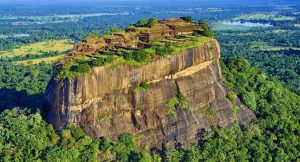Last Updated: December 10, 2019 Rahul Srivastava
Let me start the blog with an instance from my childhood. I along with my uncle and aunt, who lived next door, was visiting the Taj Mahal. I was a bit fanatic about going to new places but knew very less about the historical places in India, as I had seen just eleven springs until then. Believe me when I first saw that implausibly beautiful monument, I forgot everything and just kept wondering how can be an edifice so fascinating… I was stuck with all the lessons of Mughal era in my history book and recollected everything I read about this monument. All those boring lessons came in front of me in a form that was arresting par imagination. I got freezed and didn’t move until a person patted me on my shoulders and said “HEY KID! Can you please step aside as you are coming in between our frame!”… Well, that was a piece of occurrence that happens with almost every tourist on the tour to India. On growing up, I came to know that India is no less than a treasure trove of wonders. Paying a visit to this enchanting country makes every tourist plunge into an absolute euphoria. Based on the architectural brilliance, I must say India is bequeathed with copious structural wonders. Going through the major forts, temples, palaces and monuments, I have compiled a list of top 25 wonders in the country. Scroll down to know more…
1. Victoria Memorial, Kolkata

Despite of their remorseless rule, I must say that the British Colonial Era also gave India some of the most amazing architectural gems. One of them is the Victoria Memorial in Kolkata. Built to highlight the glory of British Empire in India, this monument amalgamates the best of Mughal and British architectures. This imposing monument was inaugurated in 1921 paying tribute to Queen Victoria. At present, this monument has a remarkable assemblage of maps, paintings, weapons, coins, sculptures, artifacts, stamps, etc.
2. Golconda Fort, Hyderabad

Golconda Fort, a spectacular monument, is situated on the western periphery of Hyderabad City. This majestic fort pours out the rich cultural heritage of ancient India. Muhammad Quli Qutub Shah, as an insignia of Nawabi culture, built the fort in 1525. Golconda Fort was popular for its diamond trade and it is widely believed that the famous ‘Kohinoor’ diamond originated here. The meticulous details and fine architecture of the fort fascinate the travelers and history lovers from all over the globe.
3. India Gate, New Delhi
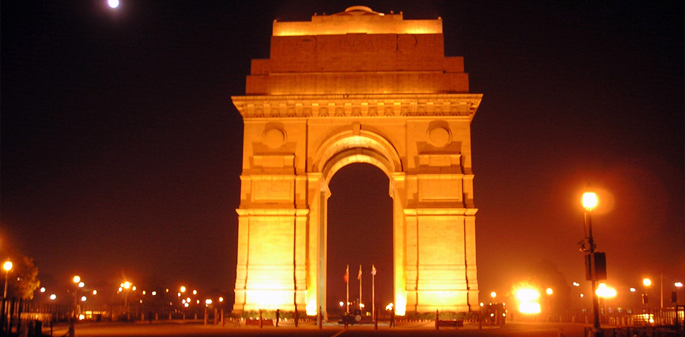
India Gate is without a doubt the first monument that comes to mind when we cogitate about Delhi. In my opinion, it is the biggest epitome of Delhi Tourism. It was initially known as the All India War Memorial as it incurs the memoir of thousands of Indian Soldiers who died in the First World War. Sir Edwin Lutyens designed this magnificent monument and the construction was completed in 1931. An undying flame known as ‘Amar Jawan Jyoti’ is positioned underneath the arch of this edifice. This flame reveres the martyrs.
4. Sanchi Stupa, Madhya Pradesh

Sanchi is famous as a paradigm of Buddhist architecture and culture. Sanchi Stupa is the most momentous of all the monuments in Sanchi. Moreover, Sanchi Stupa is among the most preserved stupas in the central part of India as well. During the reign of Shunga, Sanchi Stupa was expanded and decorated with stairways and railings. A beautiful harmika was placed on the top of the edifice. The monument is bejeweled with astounding designs and motifs. Interestingly, Lord Buddha has been emblematically represented in Sanchi Stupa in the figure of a tree and other inanimate forms.
5. Gateway of India, Mumbai

Even ‘an utterly beautiful monument positioned right on the shore of azure Arabian Sea’ seems an unfair description of Gateway of India’s grandeur. Built with reinforced concrete and yellow colored basalt rock, Gateway of India acts as the symbolic representation of Mumbai’s prosperity all over the globe. This huge archway on edge of the water at Apollo Bunder was built by the Indian Government to commemorate the visit of British monarch King George V and Queen Mary in 1911. George Wittet, a famous architect of British India, designed it. The monument is designed in Indo-Saracen style. The first significant event that happened here was the passing of the last troop of British Army in colonial India- First Brigade of Somerset Light Infantry troops.
6. Charminar, Hyderabad
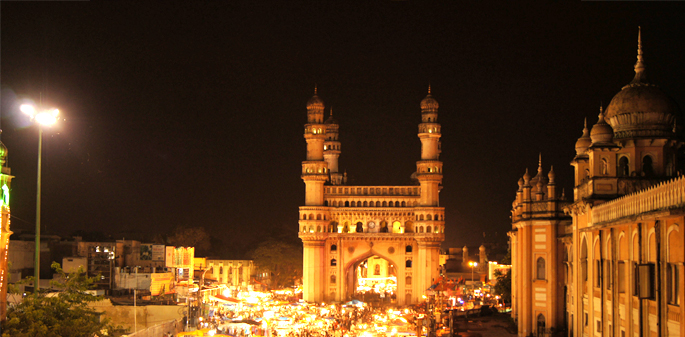
The trip to Hyderabad is certainly incomplete without visiting the epochal monument Charminar. Literelly meaning the mosque of four minarets, Charminar is known as the Arc De Triomphe of the East. This monument was constructed in the year 1591 by the fifth sultan of Qutub Shahi Dynasty- Mohammad Quli Shah. The four minarets honor the first four caliphs of Islam religion.
7. Rashtrapati Bhawan, New Delhi

Whenever I visit Delhi, I feel amazed to see the residence of the first person of India. My Gawd! What a splendid and fascinating monument it is! The abode of the President of India is an eminent British monument situated in the heart of nation’s capital. It exemplifies the architectural brilliance of the British. Designed by Sir Edwin Lutyens in 1911, Rashtrapati Bhawan was once the dwelling place of Lord Edwin, the viceroy and Governor General of India in 1931. The famous Mughal Garden augments the beauty of this edifice. There is a need of prior online booking to visit Rashtrapati Bhawan.
8. Jantar Mantar, Jaipur

Did you know that India abodes the largest sundial on the planet? You will be amazed to know that it tells the time that lags only two seconds from the actual local time. It is the Jantar Mantar. The Jantar Mantar of Jaipur is the biggest stone observatory of the world. Constructed by Maharaja Jai Singh in the 18th century, Jantar Mantar holds fourteen geometric devices used to compute the time of the day. This monument is listed among the UNESCO World Heritage Sites in India.
9. Lake Palace, Udaipur

Well I must say that it is the most romantic places I have ever visited in India. Built by Maharaja Jai Singh II in 1746, Lake Palace in Udaipur is located in the midst of the picturesque Pichola Lake. This majestic monument renders a breathtaking view to the visitors. The scintillating Aravalli Hills, the lake and the palace together make a perfect and romantic setting that entices even the filmmakers from Bollywood. You must have remembered the romantic shots of ‘Yeh Jawaani Hai Deewani’, which were captured in the same palace.
10. Mysore Palace, Mysore

Counted amongst the grandest royal buildings in the country, the spectacular Mysore Palace was the former seat of the Maharajas of Wadeyar. The original palace was destroyed by fire in 1897. British architect Henry Irwin designed the palace that you see at present. The significant element of this architecturally mesmerizing structure is the celebration of Dussehra here. On Dussehra, thousands of light bulbs accentuate its imposing profile against the dark illuminate this palace.
11. Konark Sun Temple, Odisha
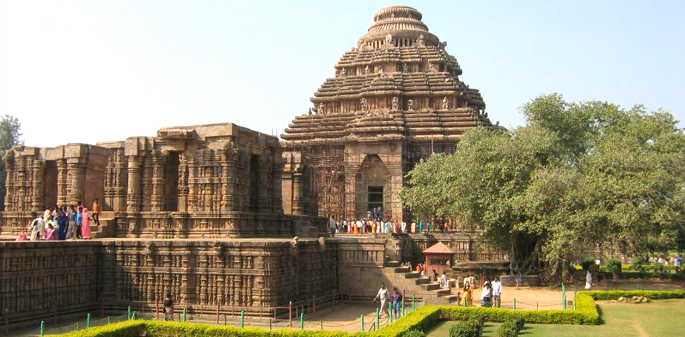
The Sun Temple of Konark reveres the Sun God and is swarmed by tourists from all the sects. This fabulous temple symbolizes how the sun roams about on its Regal Chariot. Sun Temple is also known as the Black Pagoda. This monument takes you back to the primordial empire of Kalinga. Mythological figures and images of animals like giraffe, snakes, etc., cover the walls of this edifice.
12. Taj Mahal, Agra

Listed among the Seven Wonders of the World, the Taj Mahal is the emblem of eternal love. The Taj Mahal was built in 1653 by Mughal emperor Shah Jahan. Built with white marble, this monument is among the UNESCO World Heritage Sites. This epitome of love leaves the visitors awe-struck with its architectural magnificence. In the grandeur of moon, it excels like a flawlessly carved diamond; looking as if instantly out of some magical saga.
13. Hawa Mahal, Jaipur

Hawa Mahal is a wonderful, pink sandstone and ancient monument that rises up to five storeys. Built by Maharaja Sawai Pratap Singh in 1799, this monument is in the form of Lord Krishna’s crown. This pyramid shaped palace embraces 953 windows or jharokhas to let the Maharaja’s wives have a view to outside world. The top of this palace renders stupendous views of Siredeori Bazaar, City Palace and Jantar Mantar.
14. Meenakshi Temple, Madurai
The prodigious sized complex of Meenakshi Temple is dedicated to Lord Shiva. Shiva is popular as Sundareshwara and his spouse Parvati as Meenakshi. The credit of building this temple as it is seen today goes to Nayaks. However, Kulasekara Pandya constructed the original temple. A high wall encloses the temple complex and at the core of complex, there are two sanctums for Sundareshwara and Meenakshi. Many smaller shrines and resplendent pillared halls surround these sanctums. The 12 goporas here are incredibly impressive. The mounting towers soar from the base made of solid granite. These towers hold stucco engravings of mythical animals and deities painted in multifarious hues.
15. Nalanda University, Bihar

Nalanda is a primordial university located in Bihar. In ancient times, it was the biggest residential learning center for the Buddhists. The Gupta rulers founded this nine-storied historical university in the 5th century. According to prevailing beliefs, Lord Buddha visited Nalanda University during his last visit through Magadh. Even today, tourists from all over the world visit the ruins of this epochal site.
16. Lotus Temple, New Delhi
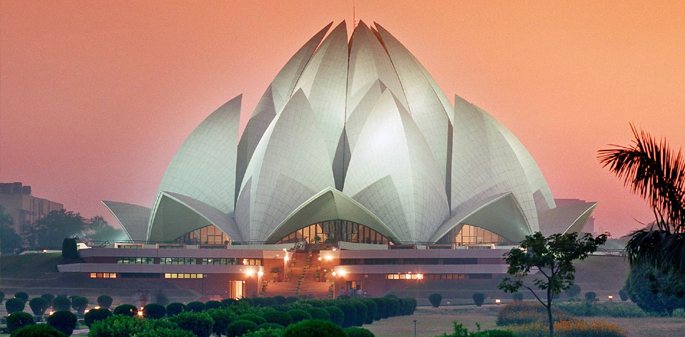
It is a significant Bahai’s temple made in the shape of a lotus flower. The fascinating structure of this temple, built in 1986, is set in the midst of verdant scenic gardens. Lotus Temple is built with pure white marble and looks startling even from far away. Lotus is a symbol common to Hinduism, Islam, Jainism and Buddhism, and thus, the architect of this temple- “Fariborz Sahba” chose it as a structure of this shrine. Devotees and tourists of all the religions visit this place.
17. Buland Darwaza, Fatehpur Sikri
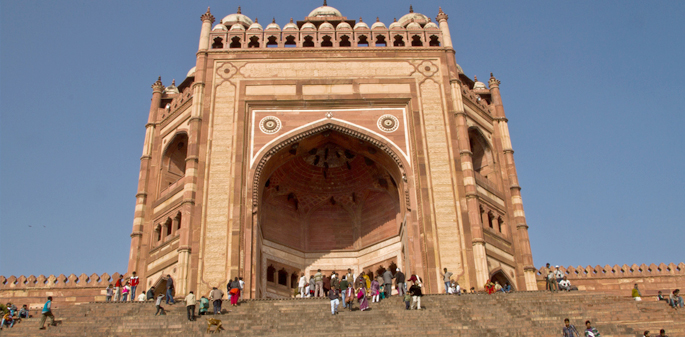
Buland Darwaza, literally meaning stentorian gate, was constructed in 1601 AD by the great Mughal monarch Akbar in order to commemorate his victory of Gujarat. It is the world’s greatest gateway, and is 40 meters in elevation and 35 meters in width. Red sandstone is used in building this gateway. Buland Darwaza is decorated by inlaying and carvings on white marbel. These inscriptions are widely known for their calligraphy and they reflect the religiously liberal thoughts of ‘Akbar the Great’.
18. Chhatrapati Shivaji Terminus, Mumbai
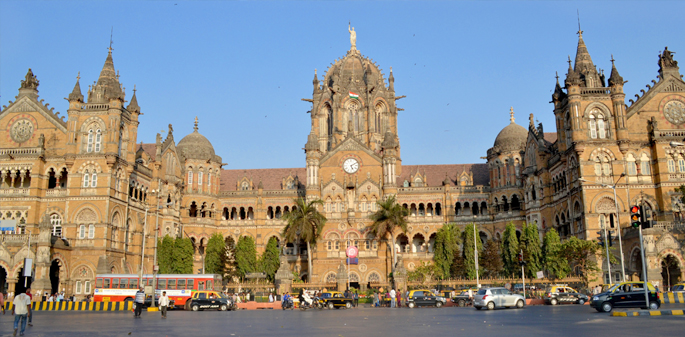
Chhatrapati Shivaji Terminus, once known as Victoria Terminus, is among the UNESCO World Heritage Sites. It is considered as a milestone for the station architecture and is admired all over the globe. Designed by FW Stevens, this terminus is popular as the herald of golden ancient epoch of Indian Railway architecture. Its brilliant architecture fascinates even the non-travelers, which is a pleasant blend of Sarcenic, Gothic, Venetian and the Indo-Islamic traditions.
19. Cellular Jail, Andaman and Nicobar

Well we all Indians should be grateful to all those who fought for India’s Independence. Cellular Jail or Kaala Pani and its stories conjure up an utter resentment against the cruel British rule. Since my childhood, I was curious to know about the famous Kaala Pani prison in Andaman and Nicobar Islands. Completed in 1906, the Cellular Jail contained 698 pitch dark cells. A former British Prison, Cellular Jail, is now a memorial of the freedom fighters who were once imprisoned here.
20. Ajanta and Ellora Caves, Maharashtra
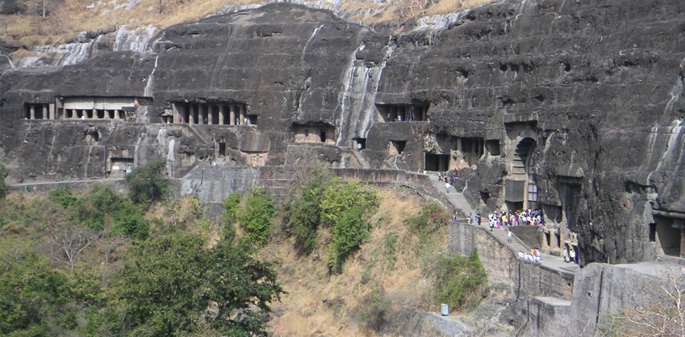
Ajanta Ellora caves, listed among the UNESCO World Heritage sites, are a set of 29 caves. These caves are the splendid paragon of ancient Buddhist Civilization. There are multifarious paintings in these caves depicting the popular Jataka Tales and other varied fables of Lord Buddha. Filled with paramount tranquility, these caves exemplify the engineering excellence and unsurpassed imaginative power of the bygone era.
21. Qutub Minar, Delhi

Whenever you visit the Qutub Minar, you get a feeling that is distinct from the stereotypical tourist destinations. Built by Qutub-Ud-Din Aibak and completed by his son Iltutmish, this minaret complex is bejeweled with ruined monuments and tombs. This colossal tower has five different storey built in Afghan style. This monument was erected by Qutub-ud-Din to proclaim his mastery over vanquished Hindu rulers.
22. Ruins of Hampi, Karnataka
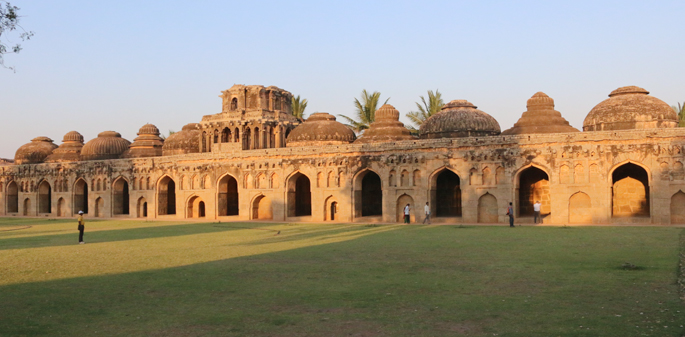
Hampi is a place where a history buff feel spellbind among the ruins, or just be mesmerized by the quirks of nature, speculating how thousands of years of volcanic activity and attrition could have turn out in a scenery so engrossing. It was the former capital of the glorious Vijaynagar Empire and now a wonderful tourists spot. Endowed with rock-strewn landscape, these ruins of the bygone era offers an unmatched travel experience to history freaks, travelers, and photographers alike.
23. Gol Gumbaz, Karnataka

Located in Bijapur District of Karnataka, Gol Gumbaz is the second largest dome on the planet after St. Peter’s Basilica in Rome. The architecture of this spectacular monument is unique in the way that four minarets themselves act as staircases. The most breathtaking element of this monument is its acoustical system. Even the smallest of murmur around the dome echoes a number of times. The corridor around the dome of the edifice offers a superb view of the town.
24. Vivekananda Rock Memorial, Kanyakumari

A Popular tourist attraction in Vavathurai, Vivekananda Rock Memorial was constructed in 1970 in honor of Swami Vivekananda. It is said that Vivekananda meditated on this rock. As per Hindu legends, Goddess Kumari performed austerity on this rock. From here, the merger of the Bay of Bengal, Indian Ocean and the Arabian Sea can be witnessed. This beautiful memorial is a symbol of purity and harmony.
25. Red Fort, Delhi

The place where the first prime minister of India, Jawahar Lal Nehru declared independence of India by hoisting the tricolor in 1947, Red Fort is the symbol of the nation’s integrity and prestige. Fabulous audience hall, a bazaar and a fortress built with red sandstone are there in the complex. It was built by Mughal ruler Shah Jahan and is considered as one of the best architectural work of that era. You may choose any of the wonders mentioned above for your next vacation and I am certain that you will return with bag full of memories that you will never forget for a long time!
Published: 10 Sep, 2014
Rahul Srivastava is an ardent travel writer who is born and brought up in the City of Nawabs- Lucknow. Being from to the culturally thriving land, he has a deep interest in discovering different hues of the country. He has travelled scores of places in India, and holds an affluent experience and knowledge about them. He loves to pen down his travel experiences and his quest for travelling new places is marked evidently in his blogs. His write-ups are the perfect reflection of his fervor for exploring the unexplored!


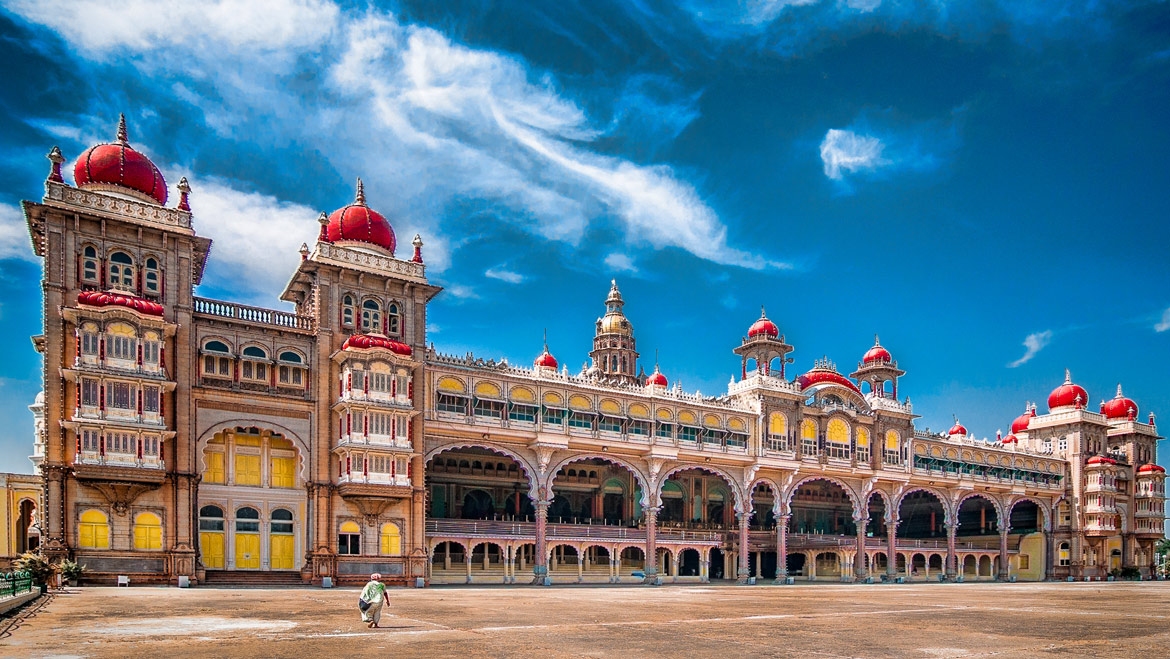
 5 Nights / 6 Days
5 Nights / 6 Days  5 Nights / 6 Days
5 Nights / 6 Days 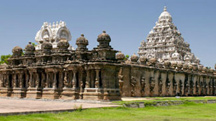 2 Nights / 3 Days
2 Nights / 3 Days  7 Nights / 8 Days
7 Nights / 8 Days 
 3 Nights / 4 Days
3 Nights / 4 Days  5 Nights / 6 Days
5 Nights / 6 Days 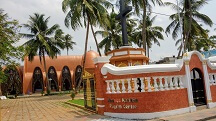 4 Nights / 5 Days
4 Nights / 5 Days 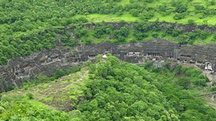 15 Nights / 16 Days
15 Nights / 16 Days 


 2 Nights / 3 Days
2 Nights / 3 Days  1 Nights / 2 Days
1 Nights / 2 Days 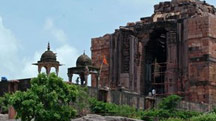 18 Nights / 19 Days
18 Nights / 19 Days  13 Nights / 14 Days
13 Nights / 14 Days 

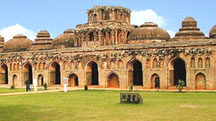 2 Nights / 3 Days
2 Nights / 3 Days  2 Nights / 3 Days
2 Nights / 3 Days  2 Nights / 3 Days
2 Nights / 3 Days  2 Nights / 3 Days
2 Nights / 3 Days 


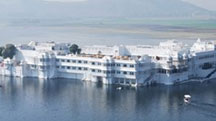 2 Nights / 3 Days
2 Nights / 3 Days 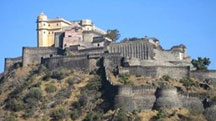 4 Nights / 5 Days
4 Nights / 5 Days 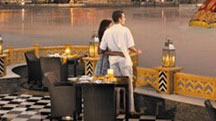 6 Nights / 7 Days
6 Nights / 7 Days 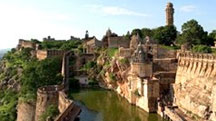 4 Nights / 5 Days
4 Nights / 5 Days 

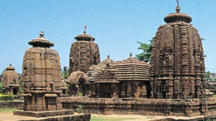 5 Nights / 6 Days
5 Nights / 6 Days  5 Nights / 6 Days
5 Nights / 6 Days  3 Nights / 4 Days
3 Nights / 4 Days  4 Nights / 5 Days
4 Nights / 5 Days 

 2 Nights / 3 Days
2 Nights / 3 Days 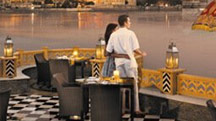 3 Nights / 4 Days
3 Nights / 4 Days  2 Nights / 3 Days
2 Nights / 3 Days  2 Nights / 3 Days
2 Nights / 3 Days 


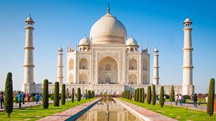 4 Nights / 5 Days
4 Nights / 5 Days 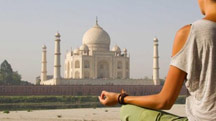 12 Nights / 13 Days
12 Nights / 13 Days  10 Nights / 11 Days
10 Nights / 11 Days  8 Nights / 9 Days
8 Nights / 9 Days 




 3 Nights / 4 Days
3 Nights / 4 Days  13 Nights / 13 Days
13 Nights / 13 Days  9 Nights / 10 Days
9 Nights / 10 Days 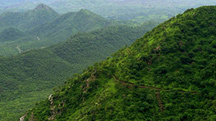 2 Nights / 3 Days
2 Nights / 3 Days 








